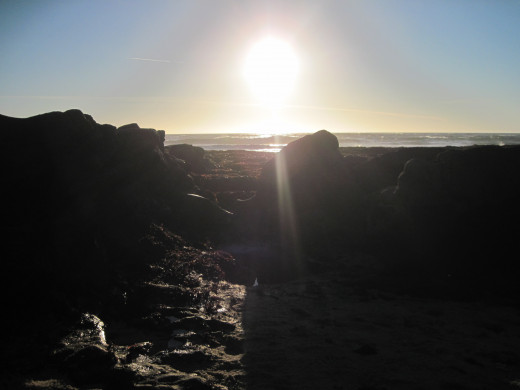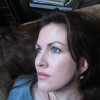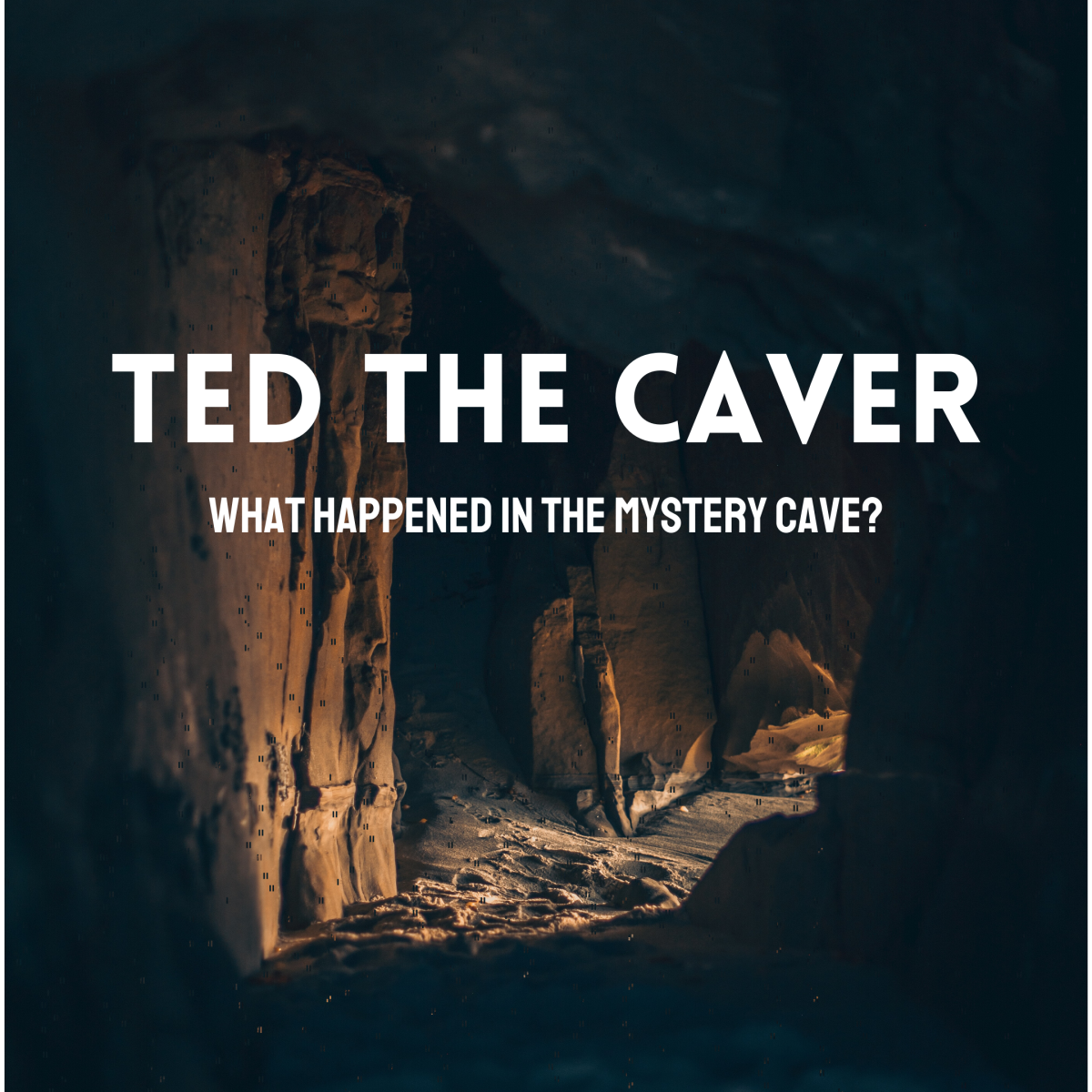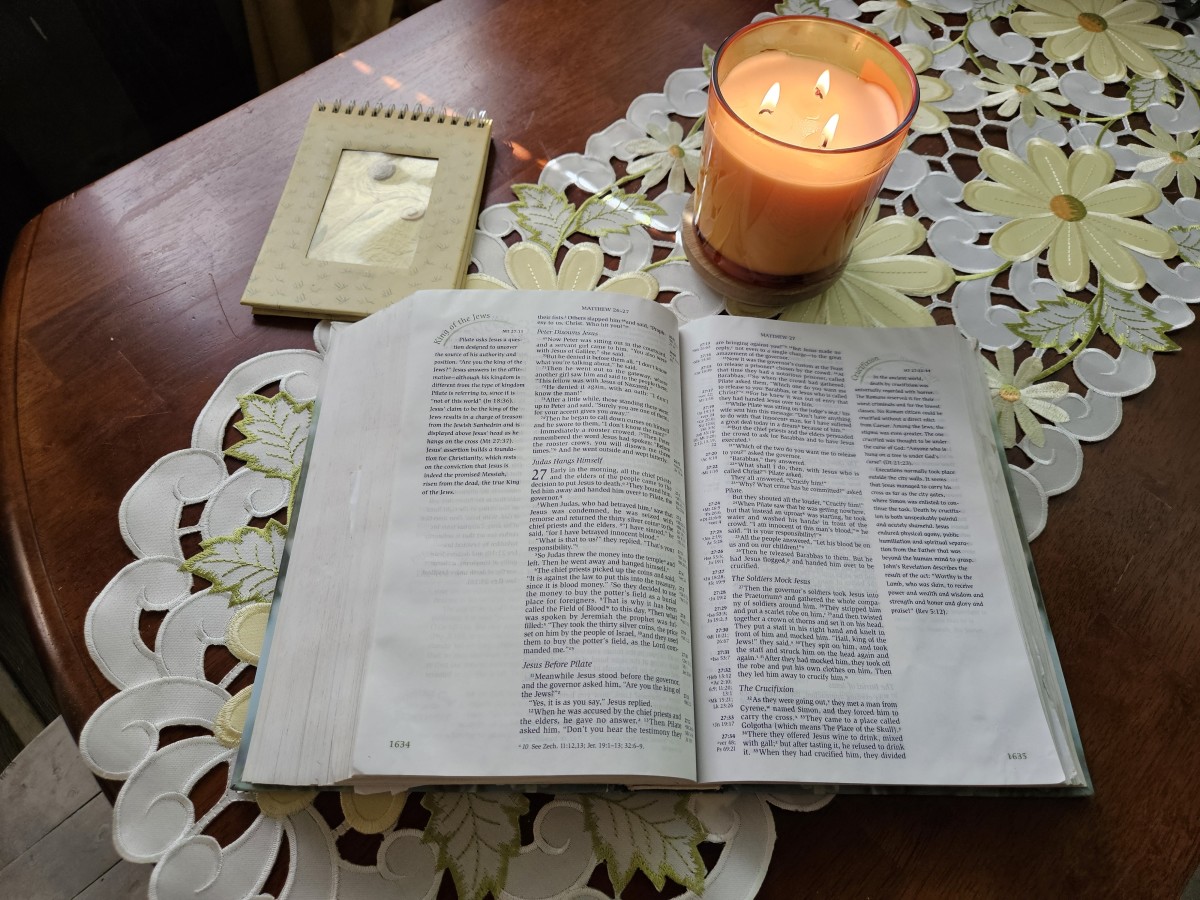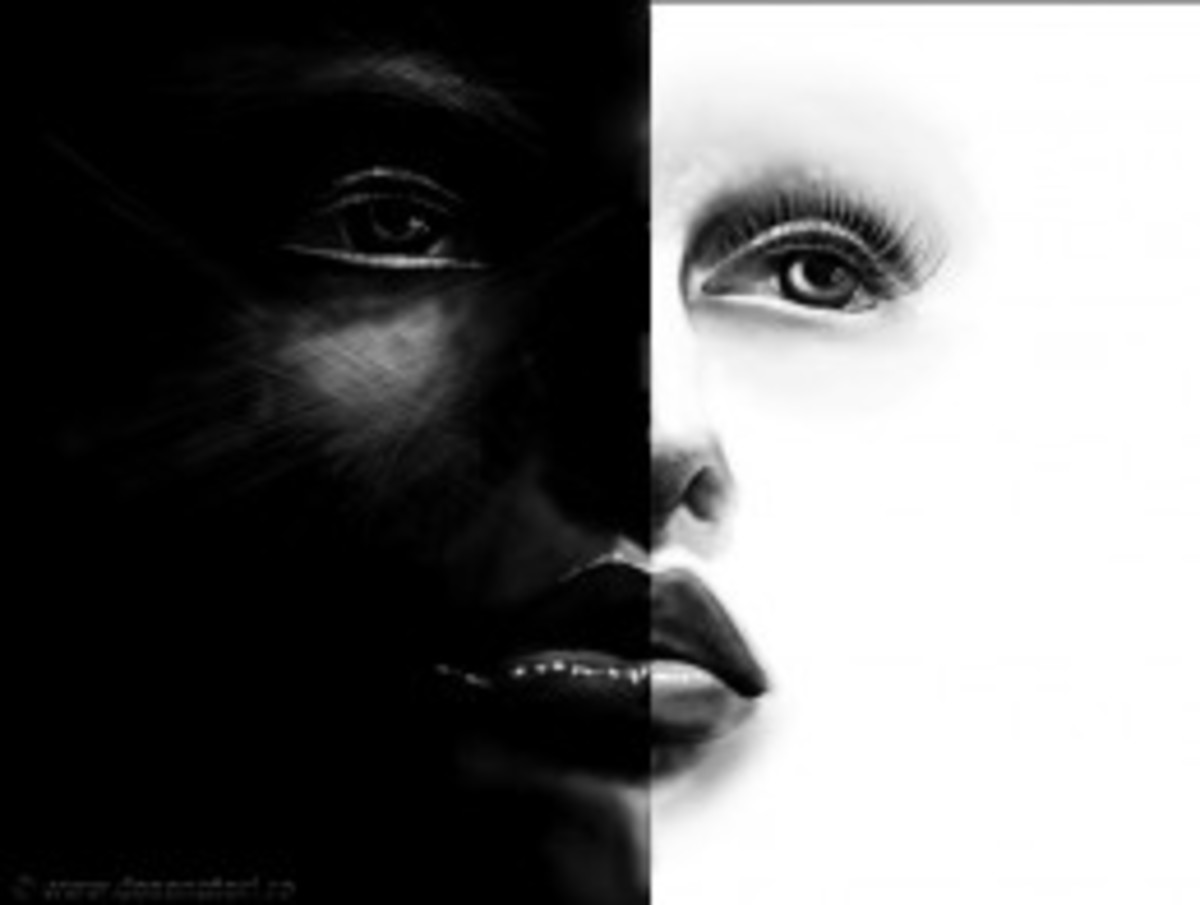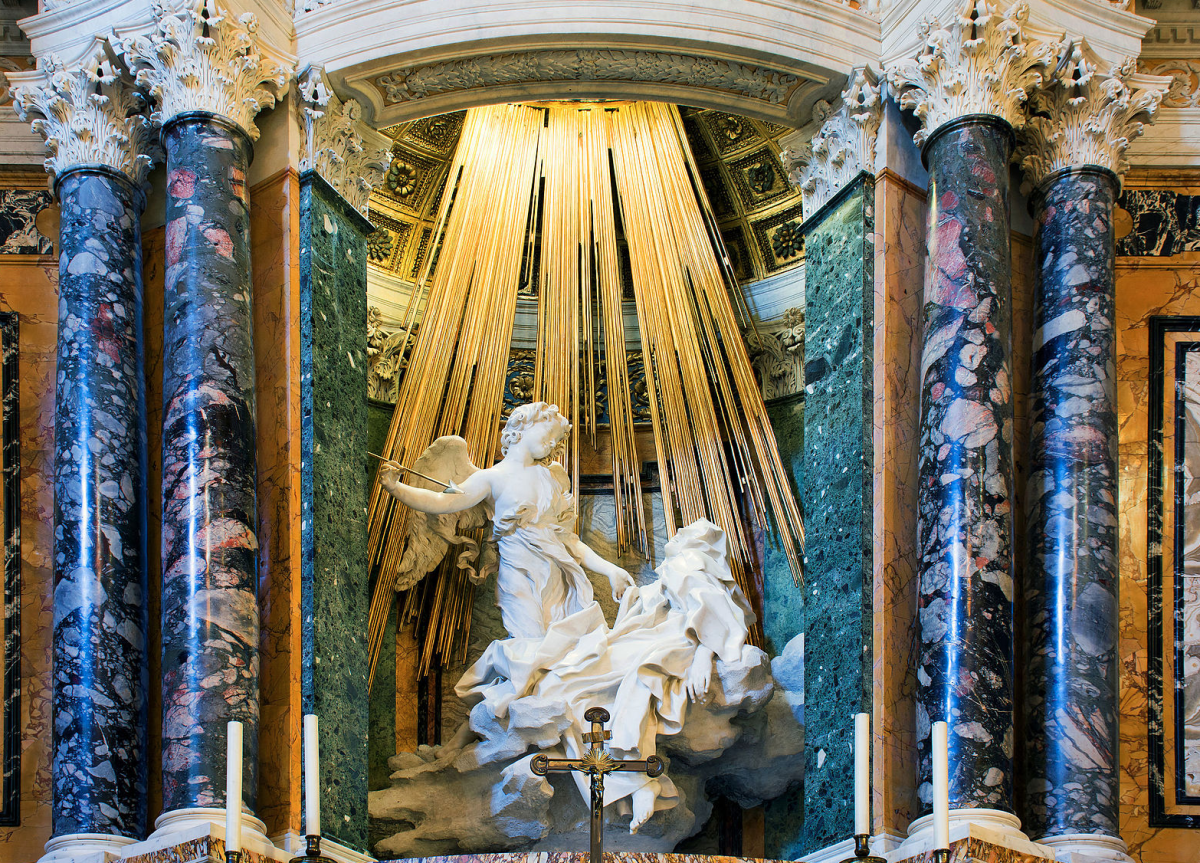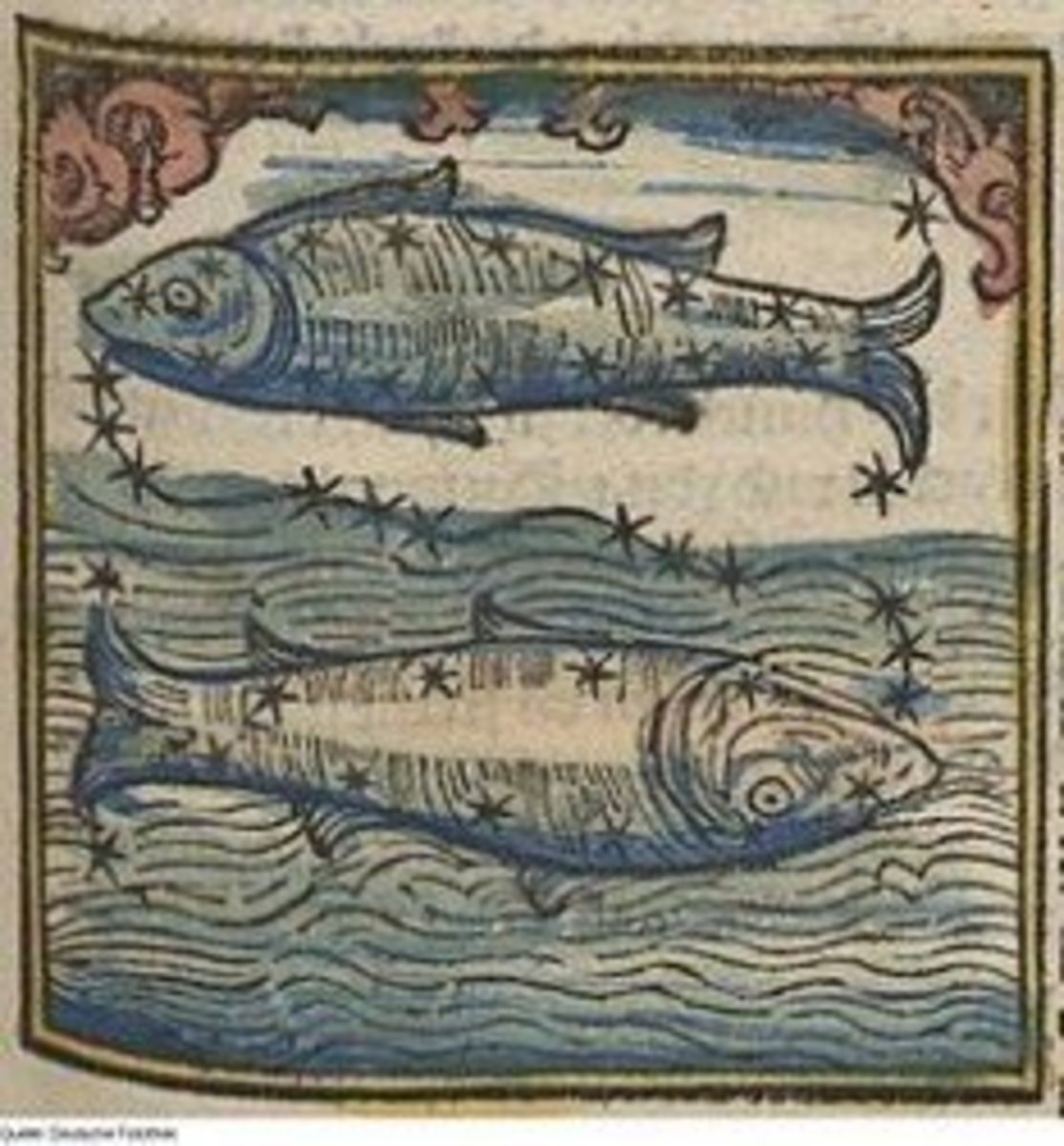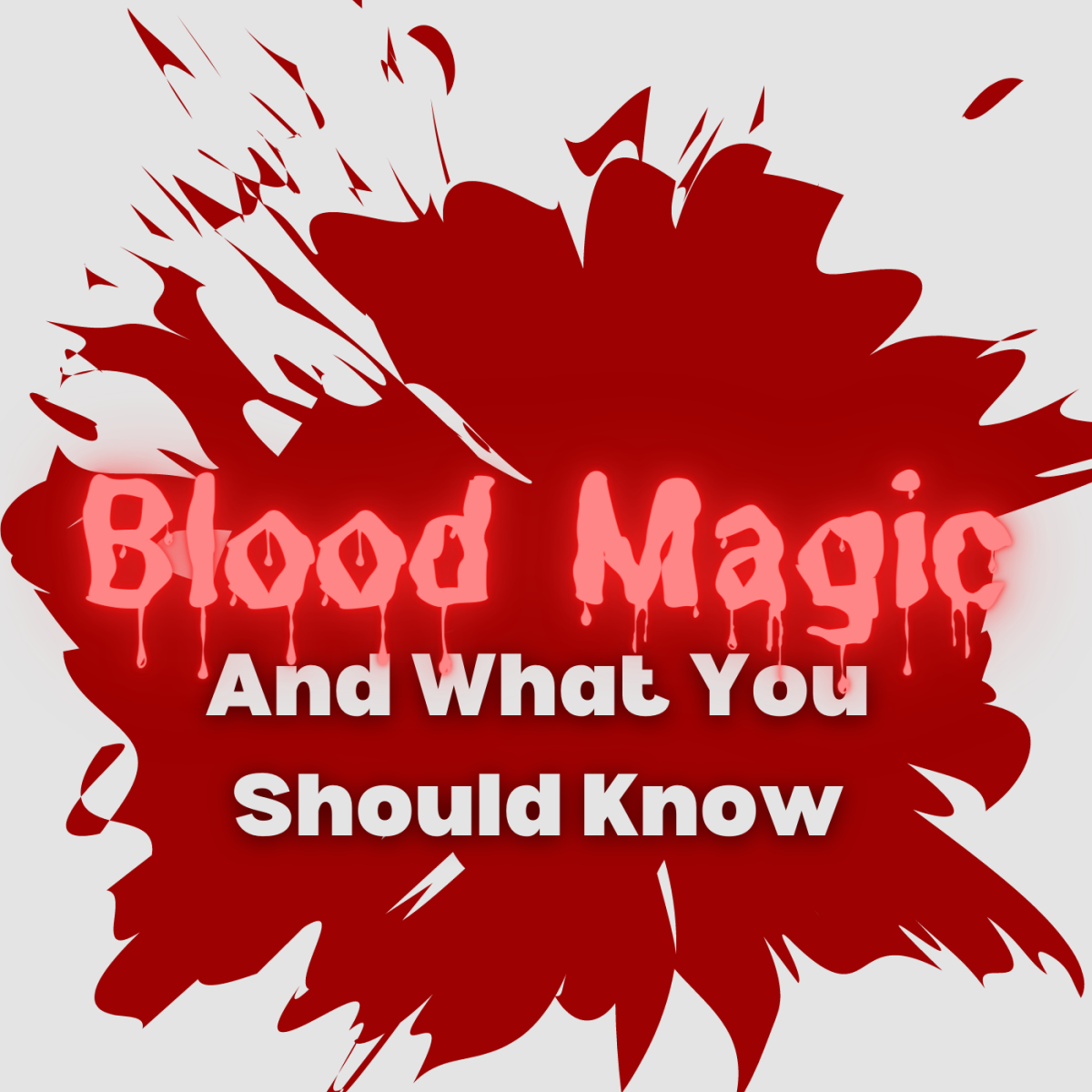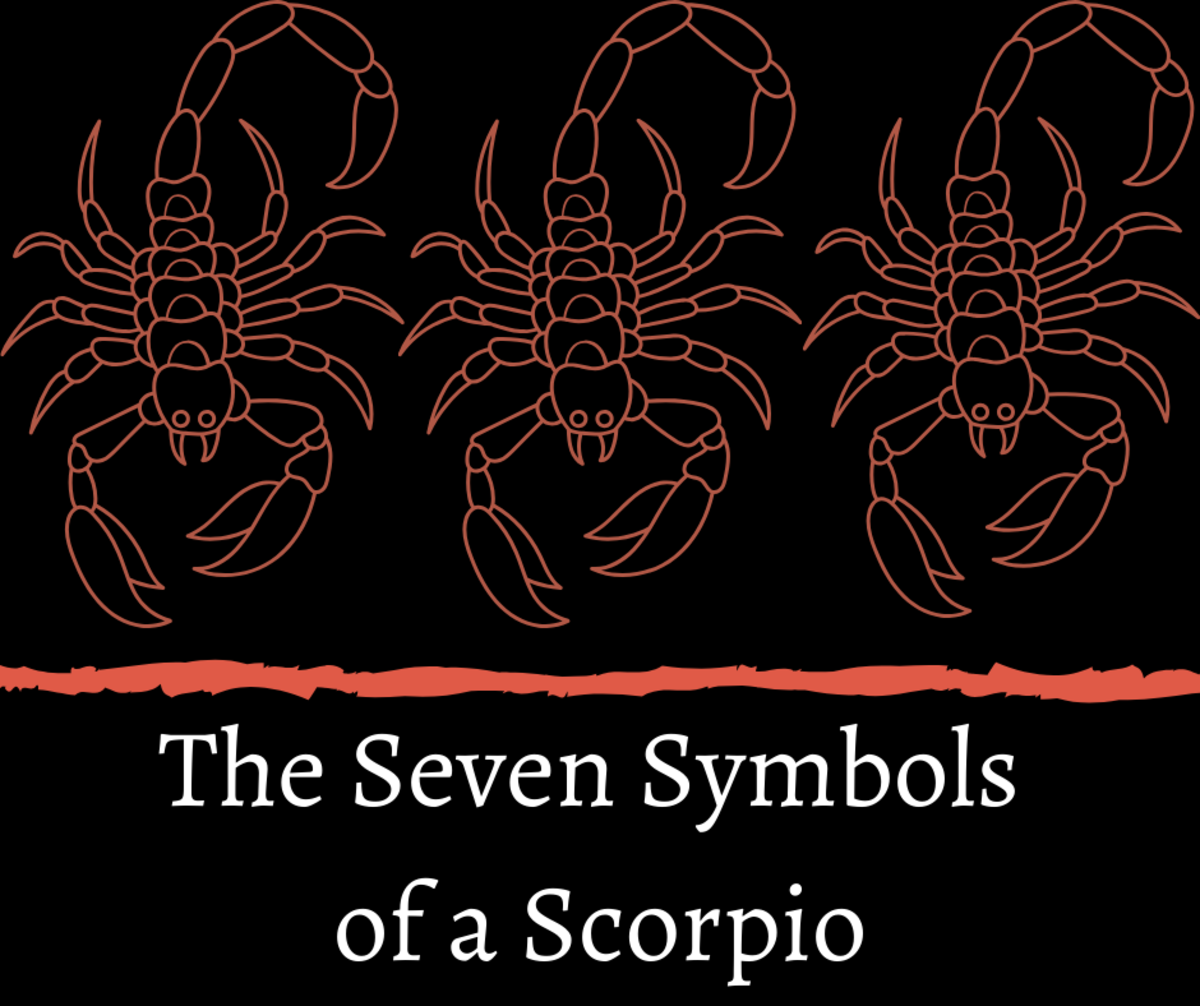How Not to Fear the Dark
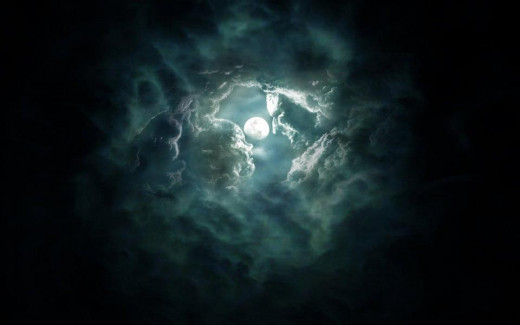
Do we really outgrow childhood fears?
A child's fear of the dark is the stuff of legend; we all know and mostly identify with it, whatever our cultural background or environment. Historically, fairy tales told to European children in the Middle Ages used darkness as an analogy to danger, wrongdoing, or even 'evil' - whatever that concept embodied.
This element of storytelling remains in modern American society, as illustrated in such cultural icons as Disney/ Pixar's 'Monsters Inc.', a wildly successful tale based on children's fear of darkness - which can (and in the movie, does) conceal monsters.
As adults, we smile indulgently at such things; we sleep in darkness and believe we have outgrown our fear. But have we? Do we not artificially illuminate every possible nightscape, citing the multiple dangers of darkness?
Oh, certainly a part of this human habit is purely pragmatic; our eyes do not adjust well to the night, making it difficult to navigate on a night walk through the woods unaided by flashlights. It is also unquestionably true that darkness provides an advantage to criminals, hence the fierce, aggressive illumination of parking lots and urban streets. Limited vision usually means limited awareness, which puts us at risk.
So it is that we rationalize our aversion to being in the dark; we do not associate it with the 'irrational' fear of our childhood, though I would suggest it is, in fact, not really so different.
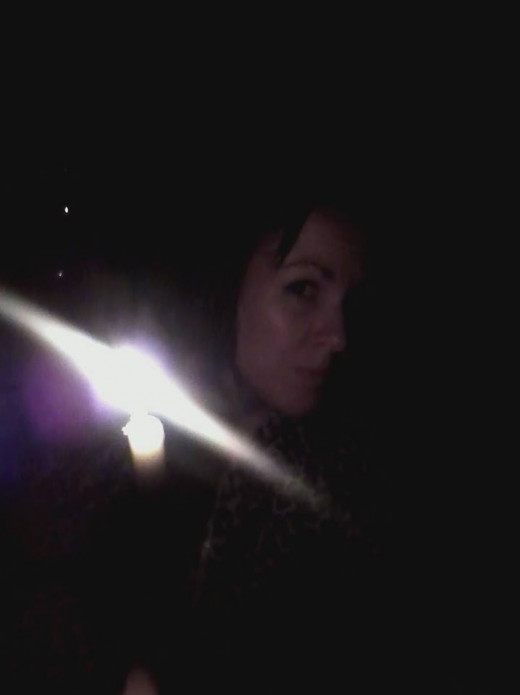
Survey says?
Do you fear the dark?
The Womb

Safe in the dark
Despite our nearly universal fear of darkness, it is in darkness that we begin life. Not a frightening darkness: the safe, warm, nurturing embrace of the womb. Birth into the crash and chaos of the illuminated world is a traumatic entry to an unfamiliar, frightening place. When we begin, it is light that brings fear, not darkness.
It's no accident that growth brings a reversal, so what we first feared becomes familiar and safe, while what we first embraced becomes frightening and full of unseen threats. This is the nature of the world we live in: Change is the only constant; cycles and seasons, undulation, patterns and balance are the stuff of our reality. So why do we tend to ascribe moral attributes to a natural part of existence? Much of it is personal experience, and much is conditioning.
Neither light nor darkness has anything to do with our concepts of good and evil; the same is true of life and death. Everything that lives only does so by bringing death to other living things; the obvious example is in eating, of course - but even in breathing, we kill microscopic organisms in untold numbers.
Our embrace or rejection of life and death, light and dark, is not nearly as consistent as we imagine; we are subjective, relative creatures, and there is an inherent hypocrisy in ascribing morality to things that are necessary, inevitable, and indelible. We condemn death as an evil because we grieve our loss when something or someone we love passes through that door, separated from us; yet we bring death by necessity, to sustain our own lives and those of our families.
Neither light nor darkness is consistently either dangerous or safe; both have value and healing potential in their appropriate place.
Solar Eclipse

Embracing Darkness Again
I believe we cheat ourselves of half our world's beauty when we reject darkness, whether in literal or figurative terms; both apply equally, and the physical often serves to reflect the intangible.
We each have a light and dark half of the soul, and in Western culture we're generally still taught to fight the darkness within. We are taught to treat it as an enemy - often by organized religion - to starve, kill, defeat it at all costs.
This causes far more damage, I believe, than good. We cast shadows because we are real; light is meaningless without darkness, and vice-versa. Our shadow self needs to be understood, accepted, and even embraced; to deny or reject it only leads to an embattled internal landscape full of conflicting thoughts and emotions. No wonder our society is over-stressed, regardless of the unprecedented levels of luxury available to us!
Fear, anger, hatred - all these very human feelings are generally consigned to the darkness, the 'evil' within us; yet it cannot be denied that those feelings serve vital purposes in their place. Fear can save our lives; anger motivates us to protect against injustice; hatred can show us where we need to grow, heal, and change with far more clarity than a veil of denial cast over its existence ever will.
Too often we are taught to use fear - often of divine retribution for 'sin' - to cover or deny taboo emotions like hate or rage. Fear comes from ignorance, and gives birth to violent feelings. In light of this, clearly the appropriate cure for many of our ills is the destruction of ignorance: understanding, knowledge, awareness - these are weapons with which to defeat it.
Anyone can go to a therapist's office and receive advice about learning to embrace the shadow-self; but what I find often overlooked is a practical reflection in the physical world of the internal work we are attempting to do.
I began walking in the dark recently, along paths through the woods near my home. In so doing, I found my discomfort dissipated as my senses sharpened and remembered what it was like to function without the artificial illumination I am accustomed to. By the middle of my first walk, when I suddenly encountered a porch light from someone's cabin it was like a tiny sun, disrupting my vision and piercing the velvet, sweet shadows that had begun to be comfortable again.
This particular activity may not be practical for everyone; but it is an example of one way to remember how to accept and be at ease in darkness - which, after all, makes up so much of our world. I encourage everyone to find ways to do this; ending the pitched, frenzied battle between opposites and harmonizing the duality of our worlds - both external and internal - brings vast rewards.
Come to the dark side, at least for a while; the rumors are true, we do have cookies. And stuff.
Darkness is Deeper in Forests
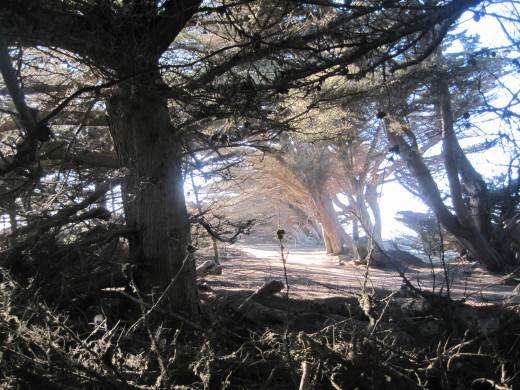
Blindingly Bright
